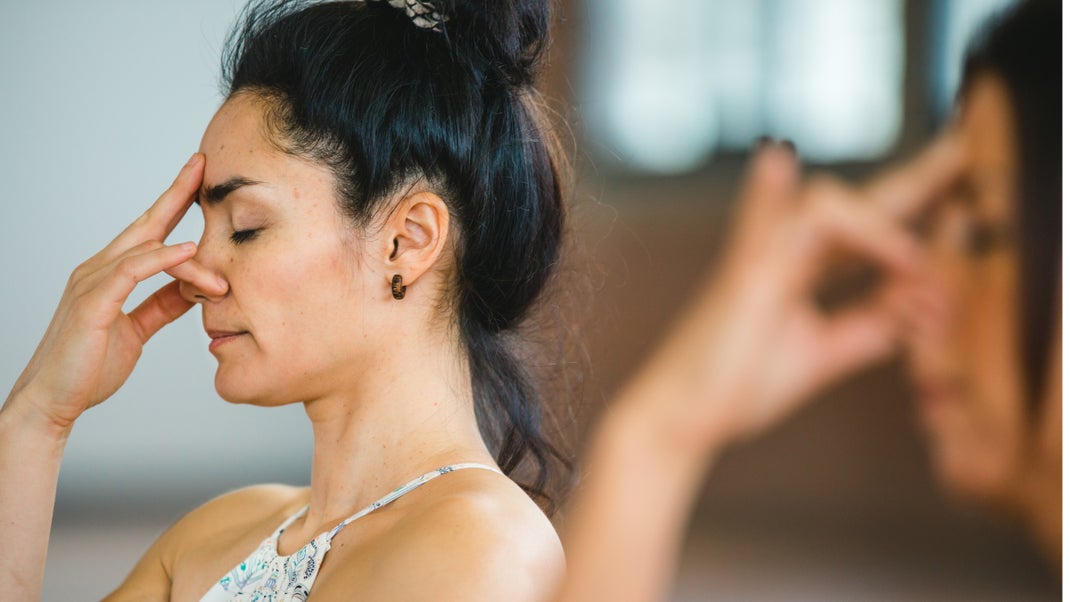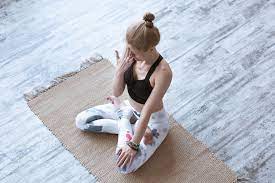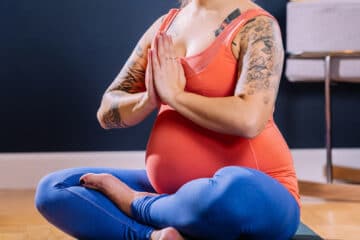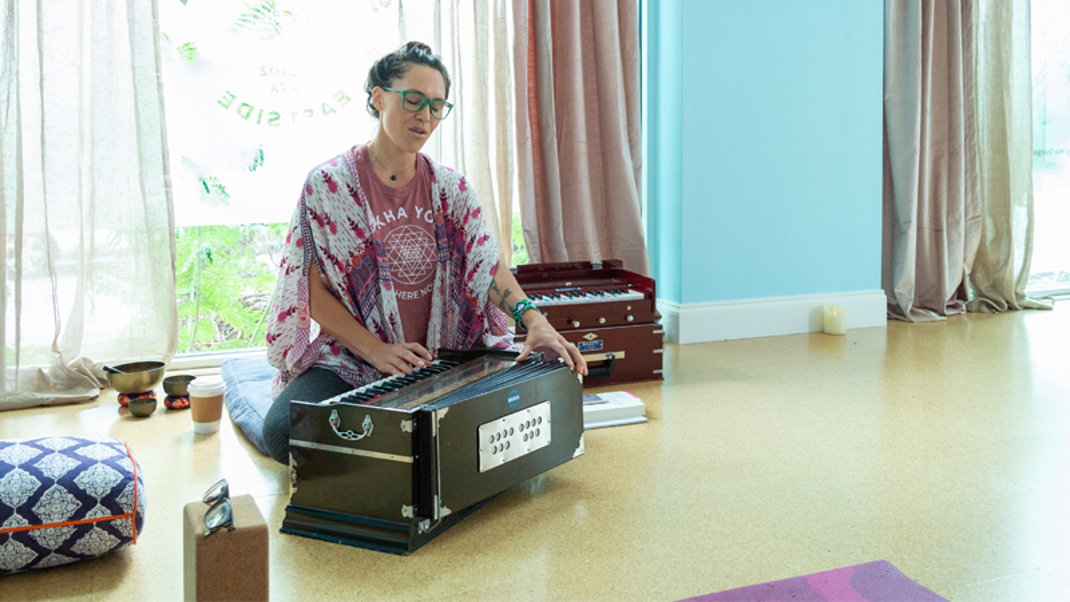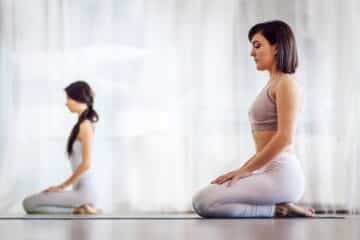Pranayama is a set of breathing exercises that are used to help center the mind and focus the body. A beginner’s guide to pranayama will show you how to use these techniques in order to achieve peace, happiness, and physical well-being.
Some yoga gurus rank pranayama over asana as the most important part of the practice, even referring to it as the “heart of yoga.” If you’re new to it, you may be wondering what it is exactly, and how to get started. Read below for more details.
Pranayama for Beginners
Definition of Pranayama
Prana means life force or breath sustaining the body; Ayana translates as “to extend or draw out.” Together, the two mean breath extension or control.
Breathing Lessons
Pranayama is an integral part of the yogic tradition, but not always an easy one to grasp onto, writes Tony Briggs. Briggs says he initially resisted the practice, going so far as to skipping pranayama-centered classes. He later came around to its benefits.
“Pranayama is meant to nurture a high level of bodily health and mental clarity, both of which are crucial steps on the path to self-knowledge and a wholesome, authentic life,” Briggs writes. To kick off an Iyengar-style practice, he recommends using a blanket folded into a bolster and laying in Savasana (Corpse Pose).
“Let your body be still; let your nerves become quiet,” says Briggs. “In this stillness and quietness, simply observe the quality of your natural breath.”
What is Ujjayi?
Ujjayi Pranayama or “victorious breath” is one of the most common pranayama techniques. But to gain the full benefits, you have to do it properly. Ujjayi should be both energizing and relaxing and is created by gently constricting the opening of the throat to create some resistance to the passage of air. An effective Ujjayi breath renders a soothing sound.
“Gently pulling the breath in on inhalation and gently pushing the breath out on exhalation against this resistance creates a well-modulated and soothing sound—something like the sound of ocean waves rolling in and out,” writes Ashtanga teacher Tim Miller.
Prescriptions for Pranayama
As you can tell, the range of pranayama techniques is wide, and varies according to the discipline in which it is taught. Six of those traditions include Integral (connecting movement with meditation), Kripalu (cultivating sensitivity and awareness), Ashtanga (unifying action, breath, and attention), Iyengar (developing precision, power, and subtlety), Viniyoga (creating a personalized practice), and Kundalini (combining mudra, mantra, and breath).
Inhale, Exhale, Relax
An engaged breath practice can help relieve minor fatigue, anxiety, and depression.
“In stressful times, we typically breathe too rapidly,” writes Richard Rosen. “This leads to a buildup of oxygen in the bloodstream and a corresponding decrease in the relative amount of carbon dioxide, which in turn upsets the ideal acid-alkaline balance—the pH level—of the blood.”
This leads to a condition called respiratory alkalosis, which can result in muscle twitching, nausea, irritability, lightheadedness, confusion, and anxiety. But controlled, slowed breath raises carbon dioxide levels in the blood, pushing the pH level to a less alkaline state. “As the blood’s pH changes, the parasympathetic nervous system calms us in a variety of ways, including telling the valgus nerve to secrete acetylcholine, a substance that lowers the heart rate.”
Conclusion:
A Beginner’s Guide to Pranayama
Pranayama is an integral part of the yogic tradition, but not always an easy one to grasp onto. Tony Briggs initially resisted the practice before coming around to its benefits. A well-modulated Ujjayi breath renders a soothing sound while helping relieve minor fatigue, anxiety, and depression.
A slow-paced controlled breathing pattern raises carbon dioxide levels in the blood causing a calming effect on both mind and body via increased parasympathetic nervous system activity. It can also help lower heart rate if practiced with proper technique along with other pranayama’s such as Kapalabhati or Bhastrika when performed correctly alongside yoga postures during class time at the studio. A Beginner’s Guide to Pranayama.
